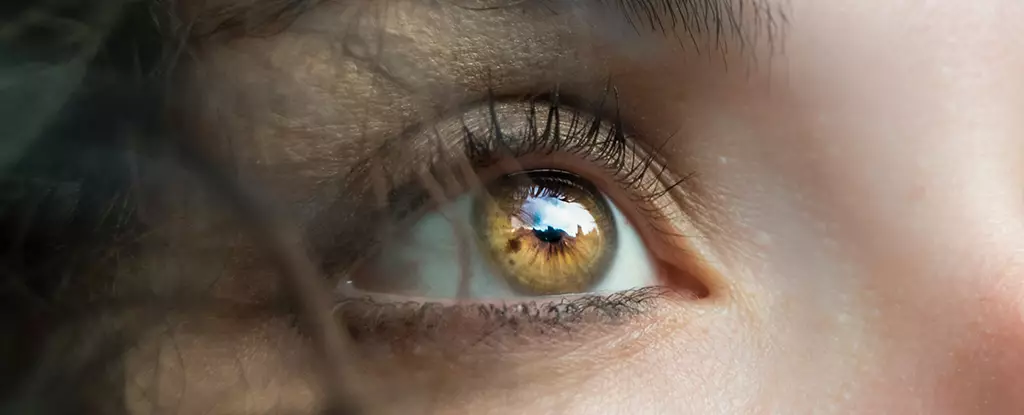Strokes are one of the leading causes of morbidity and mortality globally, resulting from disruptions in the blood flow to the brain. These interruptions can deprive brain tissue of essential oxygen and nutrients, ultimately leading to critical health crises. The majority of strokes—approximately 90%—are related to modifiable risk factors, which include hypertension, dietary choices, and lifestyle habits. As healthcare becomes more preventive in its approach, researchers are exploring innovative methods to identify stroke risks before they culminate in significant health events. A promising avenue of research recently emerged, focusing on the eye as a potential indicator of stroke risk.
A groundbreaking study has highlighted the potential of eye tests—specifically retinal imaging—as an informative tool for assessing stroke risk. An international team of researchers employed advanced artificial intelligence (AI) techniques to analyze retinal photographs, revealing distinct vascular “fingerprints” that correlate with the risk of stroke. These 29 identified retinal parameters exhibit predictive capabilities comparable to traditional risk factors like blood pressure and age, thereby offering a fresh lens through which to view stroke risk assessment.
The use of AI in this research reflects a significant shift in the approach to health diagnostics. By mining vast databases of retinal images—gathered from over 45,000 individuals—the researchers developed a model capable of identifying consistent patterns within the blood vessels in the eye. Importantly, the methodology does not rely solely on overt health conditions but instead focuses on subtle changes that may indicate underlying vascular issues.
The relationship between the retinal blood vessels and the brain’s vascular system is a pivotal theme in this research. The health of the retinal vasculature can often mirror that of the cerebral vasculature, meaning that alterations in the former can signal complications that may arise in the latter. The study’s findings point to a notable connection—the observed changes in retinal vascular parameters were linked to an increased risk of stroke, with the potential for a 9.8% to 19.5% rise in likelihood based on specific identified traits.
However, while this correlation is compelling, it is essential to remember that correlation does not imply causation. Although the researchers made connections between the retinal characteristics and stroke risk factors such as hypertension and age, the complex interplay of various influences on stroke risk remains to be fully elucidated.
Perhaps the most significant implication of this research lies in its potential to facilitate early detection of stroke risks. Traditionally, stroke risk assessments have relied heavily on clinical evaluations and patient histories. However, incorporating retinal imaging could provide a non-invasive, accessible means to screen for stroke risk, particularly in primary healthcare or low-resource settings. This model offers an opportunity to identify at-risk individuals who might not exhibit outward symptoms or those who may lack access to conventional medical assessments.
The findings highlight that if healthcare providers can equip individuals with early warnings regarding their stroke risk, there may be greater opportunities for interventions that can help mitigate these risks. Simple lifestyle adjustments or medical treatments could dramatically affect an individual’s health trajectory, potentially preventing the progression to more severe health complications.
The exploration of retinal imaging as a predictive tool for stroke risk is emblematic of a broader paradigm shift in healthcare—from reactive to proactive management of health. With advancements in AI and imaging technology, the prospect of non-invasive assessments offers tremendous potential. As researchers continue to delve deeper into the interplay between ocular health and systemic conditions like stroke, there is hope for improved diagnostic methods that could save lives by identifying risks earlier and enabling timely intervention. The vision to see beyond traditional assessments marks a transformative moment in stroke prevention strategies, heralding a future where early detection becomes the norm rather than the exception.

